As the name suggests, moisture ants usually live in high-moisture areas. When gathered in colonies, these ants build their nests in soil, decaying logs, as well as houses and buildings where there is lots of moisture. They also love to invade homes in search of food.
So, how to get rid of moisture ants? First, locate their nests in damp wood and in areas near water sources then destroy them using boiling water, borax, and other methods. If you cannot find the nest, set up ant bait. Lastly, remove all sources of moisture either by repairing or cleaning them up.
This guide will help you identify moisture ants, differentiate them from other ant species, get rid of them promptly, and prevent future infestations. Read further for more!
What Are Moisture Ants?
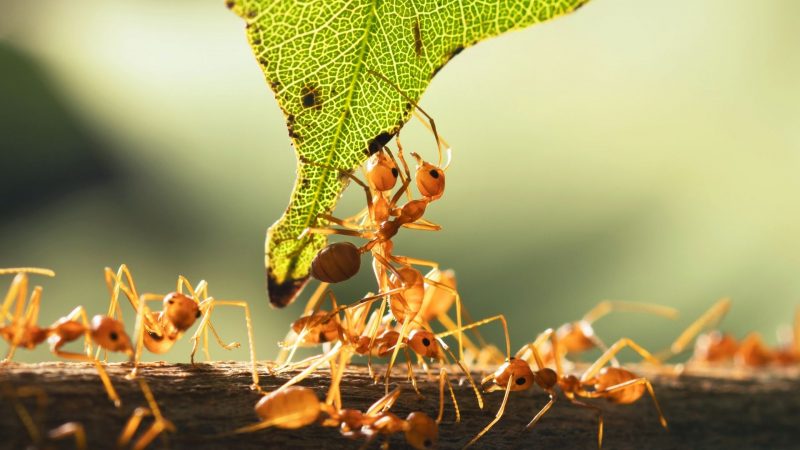
As the name suggests, these ants are attracted to moist and wet areas. They belong to the Lasius genus, of which two of the known members are the yellow meadow ants (Lasius flavus) and the cornfield ants (Lasius neoniger).
These ants can be found across the US and elsewhere around the world, except in hot regions or areas such as deserts. A few numbers of these ants are not considered a threat to structures. However, this ant species can still be destructive, especially if their colony is huge.
Related: Do Ants Poop? | Facts and Myths Explored
What Do They Look Like?
Moisture ants can grow between 2 and 3 mm (1/16 and 1/8 inch) long. These wood-destroying ants could be red to black, brown, red, or yellow, so it’s quite hard to identify them based on color only.
Do Moisture Ants Bite?
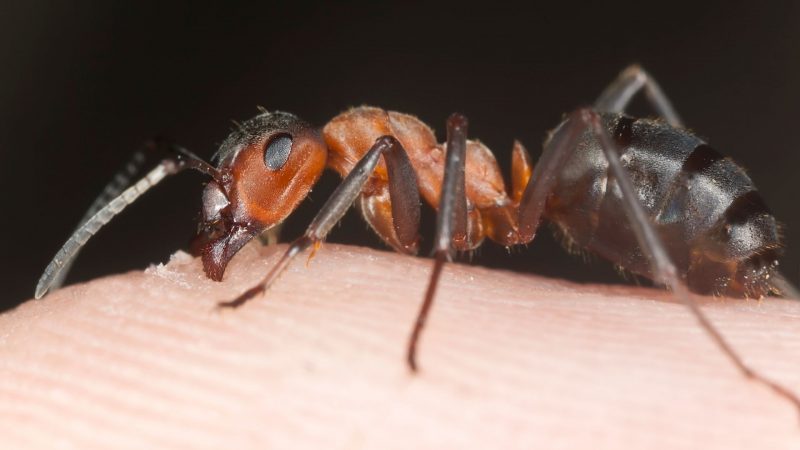
Yes, they bite. Fortunately, they have no sting, and their bites are not painful. Although sometimes the bites can result in mild irritation, slight itching, or redness of the skin, they can be treated with ice or some ointment.
These nuisance ants rarely bite, and when they do, it’s only an act of self-defense or when you disturb their nest.
Do Moisture Ants Have Wings?
Moisture ants have wings, but not all of them. Most male and female moisture ants have wings because they fly to another place where they mate and establish a new colony.
The wings of the males will be lost after mating, but a scar will remain. On the other hand, the queen ant will chew off their wings and will crawl in search of a new nest.
These ants usually reproduce in the summer season, so you may see them flying or swarming during this time. Generally, flying ants are any ant species that are already sexually mature. Also called alates, these swarming ants are not dangerous and rarely bite.
Are Moisture Ants Different from Pavement Ants?
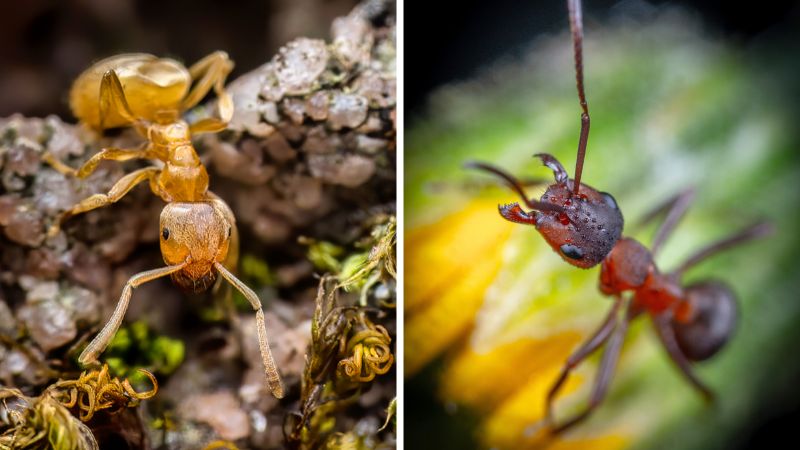
| Characteristics | Moisture Ant | Pavement Ant |
| Appearance | It varies but commonly light yellow to brown; one node | Brown to black in color; two nodes |
| Size | 2 to 3 millimeters | 2.5 to 3 millimeters |
| Habitat | In the soil or in damp rotting wood | Under pavements, slabs, concrete, sidewalks, and rocks |
| Damage | Causes wood decay and is known to find their way into kitchens to forage for food | Can feed excessively on plants, specifically seedlings and roots, which can cause wilting and, eventually, plant death |
Related: How to Get Rid of Pavement Ants | Proven Techniques and Tips
What’s the Difference between Moisture Ants and Sugar Ants?
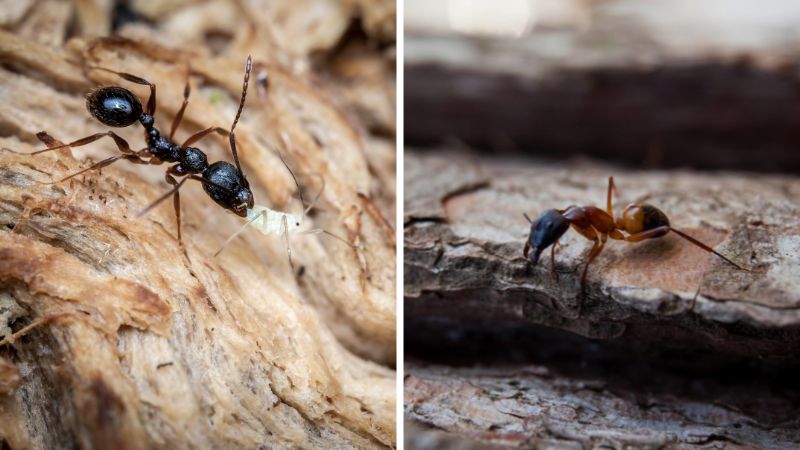
Sugar ants may either refer to banded sugar ants that are only native to Australia or two species of ants: the pavement ant and the odorous house ant. All three are named after their food preferences: sugary food items.
Banded sugar ants differ from moisture ants in that they are larger-sized ants ranging from 4 to 16 millimeters, construct funnel-shaped nests outdoors, and are known to cause furniture damage as they chew wood.
On the other hand, odorous house ants are similar in size and habitat with moisture ants. They do not usually cause damage but they can contaminate food. The only way to tell the difference between the two is if you crush an odorous house ant, it emits a rotten coconut scent.
What’s the Difference between Moisture Ants and Carpenter Ants?
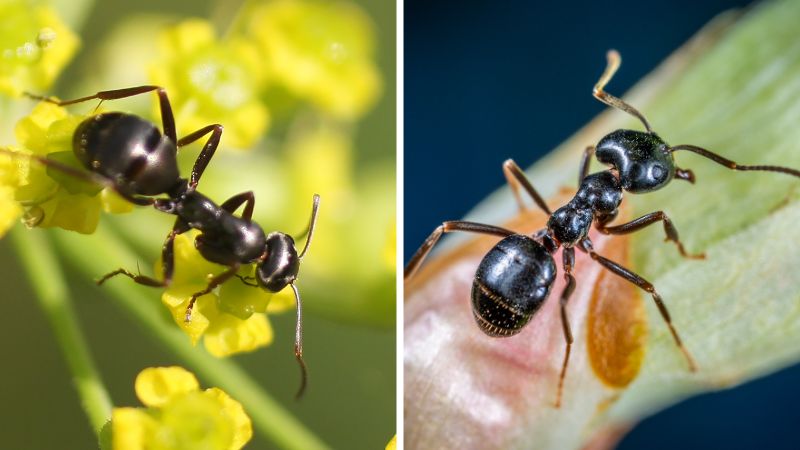
Moisture ants and carpenter ants almost look the same. But while both of them can fly, carpenter ants develop white, translucent wings, while moisture ants usually have black wings.
Although carpenter ants also damage woods, they don’t care if the wood is dry or old, while moisture ants target rotting wood only. Carpenter ants also sting and their bites are painful like a sharp pinch.
Signs of Moisture Ant Infestation
Moisture ants may not be a threat to your home, but a huge colony can damage a wood structure, and it will be hard to eradicate them. Despite having only one queen, they can reproduce thousands of ant workers, and their reproduction period usually last for about 88 days.
Here are some signs of moisture ant infestation in your home:
- Ants on Wet Wood: If you spot tons of moisture ants near or inside a damp or decaying wood.
- Ants in Source of Water: If you see trails of moisture ants from any kind of water source. These moisture ants also prefer this wet environment, and they tend to drink water.
- Ants in Holes and Cracks: If you see a long line of moisture ants that are passing through small wall cracks or holes around water pipes, it means they have a hidden nest inside.
- Ant Nest in the Soil: Moisture ants also build a nest in the soil, and sometimes, you may find them at the foundation of your house.
How to Get Rid of Moisture Ants Naturally?
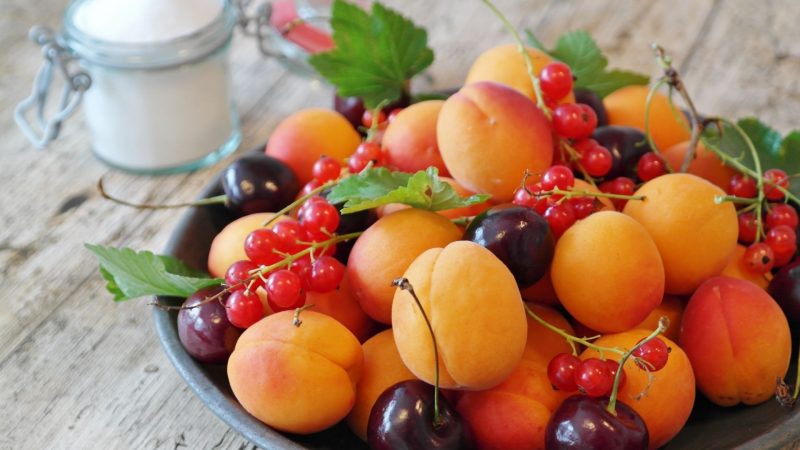
Pesticides contain toxic chemicals that can harm humans and pets. Therefore, you might want to eliminate moisture ants in the most natural ways.
1. Destroy Their Nest
To destroy a nest or colony of moisture ants, you must know where to find them. Aside from damp wood, they also build a nest in moisture-damaged furniture, a leaky roof, a drainage system, and rotting wood. A faulty HVAC (heating, ventilation, and air conditioning) is also a good source of moisture.
Moisture ants also feed on honeydew, a sugar-rich sticky liquid that aphids produce. Aphids are small insects that feed on plants by sucking the plant sap. Therefore, it is very likely that these nuisance ants will also build a nest near a plant that has aphids. With that, you might also want to check your garden.
2. Use Bait
If you cannot find their nest, try using bait that moisture ants are attracted to the most. To trap and kill ants naturally, you may do the following:
- Step 1: Use sugary foods such as fruits, candies, or peanut butter as bait.
- Step 2: Place it on a piece of masking tape near their possible nest.
- Step 3: Once a worker ant smells it, others are expected to follow, and they will be trapped.
Baits are safer than pesticides because of the absence of harmful chemicals. Also, you don’t need to locate the ant nest. However, not all ants may be attracted to go near the bait. Therefore, observe, and if they are not attracted, try another form of bait.
3. Remove All Sources of Moisture
Aside from those mentioned above, other sources of moisture inside the house are the basement with a dirty floor, plumbing leaks, leaky faucets, drainage system, and molds in electrical wirings. If there is a flood, make sure you clean and dry everything once the water subsides.
If you want to stay environmentally friendly, just use ant baits. We recommend the following products:
- ATTRACTS & KILLS: TERRO liquid ant baits indoor effectively...
- KILLS THE ANTS YOU DON'T SEE: TERRO ant bait is designed to share...
- FAST-ACTING: Noticeable ant activity reduction within days as...
- READY TO USE: Simply place ant baits indoors with no setup...
- VERSATILE HOME PLACEMENT: TERRO ant traps are ideal for use along...
- Helps get rid of ants in just 3 to 5 days
- Best used in cracks and crevices where ants enter the home
- Eliminates the entire ant colony
- Fipronil, one of the most powerful ant killers, starts to...
- This package contains one 0.95 ounce syringe of Combat Max Ant...
- Combat Max Ant Killing Bait starts killing ants overnight.
- It's formulated to provide long-lasting ant killing power.
- The quick kill formula, containing the potent insecticide...
- Worker ants return to the colony and feed the bait to the queen,...
- This package contains 6 ant killing bait stations.
- One 8 count package of Raid Ant Killer Baits protects against...
- Raid Ant Killer works for up to 3 months to help control ants in...
- This pest killer comes in convenient Raid Ant Traps where ants...
- Raid Ant Killer is ideal for use throughout your home, including...
- Try other Raid bug spray and insect killer products for all of...
- ANT CONTROL: Advion Ant gel bait from Syngenta is a...
- EFFORTLESS APPLICATION: This odorless ant bait can easily be...
- TARGETS ALL MAJOR SPECIES: This ant bait effectively controls...
- EFFICIENT ANT CONTROL: Say a quick goodbye to ants with Advion...
- COMPACT PACKAGING: This ant killer gel package comes with 30-gram...
Related: 17 Natural Ant Repellents | Proven, Effective, and Safe Solutions!
Will Boric Acid Kill Moisture Ants?
Boric acid can kill moisture ants. As a matter of fact, it is effective in getting rid of any kind of ants. Also called hydrogen borate, boric acid damages the ant’s stomach, exoskeletons, and nervous system.
Related: Does Boric Acid Kill Ants | Mastering Ant Elimination
How to Destroy Moisture Ant Colonies?
You can use readily available pesticides, but you may opt to use safer ways, especially if the presence of these nuisance ants is only minimal. Here are ten of the natural solutions that you can apply to a colony of any ant species:
- Boiling water
- Borax (sodium tetraborate)
- Brewed coffee grounds
- Cinnamon leaf essential oil
- Cornstarch
- Diatomaceous earth (DE)
- Glass cleaner and dishwashing liquid
- Pepper or peppermint essential oil
- White vinegar
However, destroying their nest is only 100% effective if you can kill the queen ant. The queen ant is the one producing the worker ants, and as long as it is alive, the ants will only continue to multiply.
This is also the reason why ants are always present. It is quite challenging because the queen ant never leaves their nest, and the soldier ants will protect their queen.
Related: Do Dead Ants Attract More Ants? | The Play-Dead Phenomenon!
How to Prevent Moisture Ants from Coming Back?
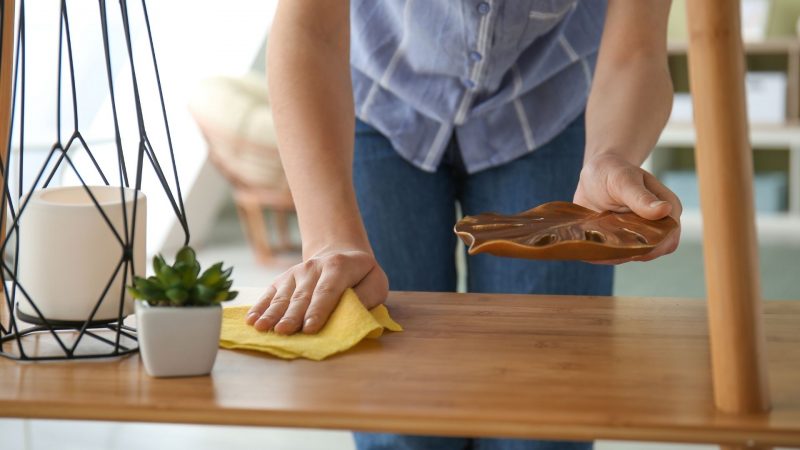
In some cases, eradicating moisture ants and destroying their nest is not enough. They may come back anytime if they sense that there are still good reasons for them to return. Therefore, here are some ways that are proven effective to prevent moisture ants from entering your house:
- Seal all small holes and cracks.
- Store your food in sealed containers.
- Remove all damp wooden materials.
- Clean hidden areas such as behind the furniture.
- Don’t just mop the floor; vacuum it every day.
- Clean garbage cans inside out every day.
Related: How to Get Rid of Ants | Safe and Effective Methods
List of Sources
Alder, P., Waldvogel, M. (2018). Tips for Effective Ant Baiting.
Antonelli, A. (2007). Moisture Ants.
Davis, R. S., Spears, L., & Taylor, A. (2020). Pavement Ants (Tetramorium immigrans Santschi).
Jacobs, S. (2023). Pavement Ant.
Jones, L. (2014). “Sugar” Ants.
Larson, J. L. (n.d.). 5 Most Common Ants in the Home.
Liesch, P. J. (2021). Odorous House Ants.
Washington State University. (2021). Moisture ants.
- Bed Bug Surge 2025: How to Detect, Prevent, and Safely Eliminate Infestations in Top U.S. Cities - June 18, 2025
- Asian Needle Ants Invade US Homes: 2025 Guide to Identification, Risks, and Effective Control - June 11, 2025
- New World Screwworm Alert: How US Livestock Owners Can Prevent Outbreaks and Protect Herds [Summer 2025 Update] - June 8, 2025






